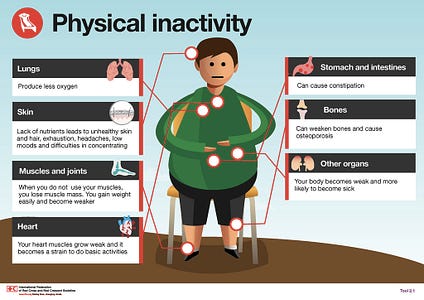
Having considered the characteristics, causes, and medical treatment of hemophilia, I would like to present other interventions to compliment traditional allopathic medicine for the aforementioned disease. Thus, the following sections will briefly explore physical activity and its beneficial relationship to hemophilia.

Lombet, Lambert, and Hermans (2016) stated that individuals with hemophilia were once encouraged to avoid physical exertion and physical activity. It is now considered a forgone conclusion that exercise can assist in both prevention and treatment (i.e., exercise as medicine ethos) of modern Western disease such as obesity, diabetes, cancer, hypertension, osteoporosis, and depression (Lombet et al., 2016).

Exercise for patients with hemophilia (PWH), when prescribed appropriately, can help delay and/or mitigate many complications associated with inactivity: muscle atrophy, decreased bone density, cardiovascular disease, metabolic derangement, weight gain, unfavorable blood biomarkers, and loss of independence in activities of daily living (Lombet et al., 2016).

Lobet et al. (2016) noted that there exist no contraindications for PWH to engage in physical activity to combat unfavorable physiological manifestations of inactivity; active lifestyle is also associated with health benefits for PWH suffering from haemophilic arthropathy as these patients show less muscular strength and coordination.
In conclusion, it would be wise to consider an intelligently and pragmatically designed exercise program for PWH. Such a step would not only help mitigate manifestations of the disease; ultimately it would help improve quality of life.
References
Lombet, S., Lambert, C., & Hermans, C (2016). Stop only advising physical activity in adults with haemophilia. . . prescribe it now! The role of exercise therapy and nutrition in chronic musculoskeletal diseases. Haemophilia, 22(6), 554-556.
-Michael McIsaac
